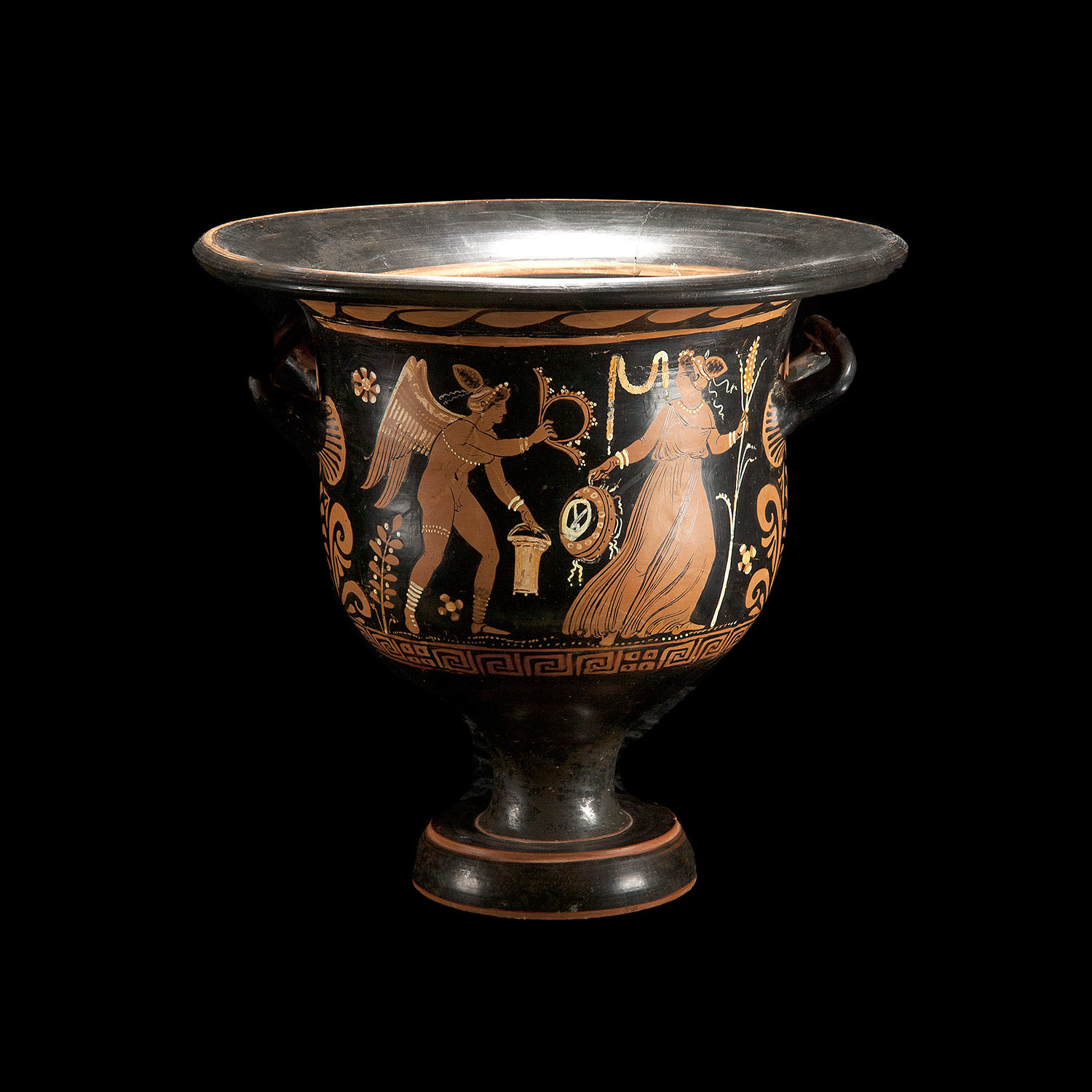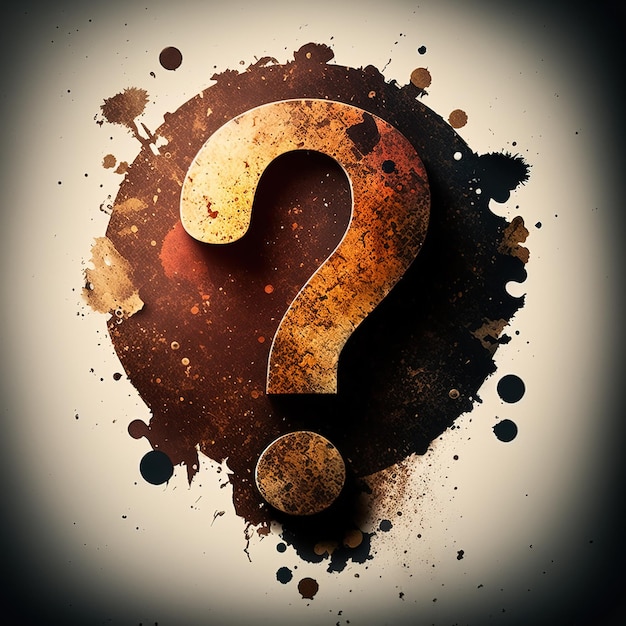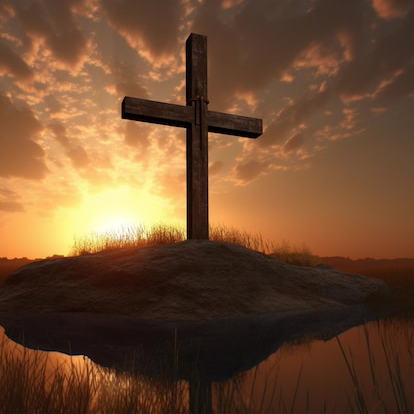chestertonrules said:
nadab said:
The meaning of Catholic: "14th century. Via Latin catholicus from, ultimately, Greek katholikos “universal,†from katholou “in general,†from kata “in regard to†+ holos “whole.â€(Microsoft® Encarta® Reference Library 2005) By the time of Constantine in the fourth century C.E., the Roman Empire was suffering serious internal divisions.
Pagan Roman Emperor Constantine realized that he could use apostate Christianity to consolidate the declining Empire, so the bishop of Rome saw that paganism could provide popular appeal to his variety of apostate Christianity, of which Jesus foretold the apostasy of Christianity at Matthew 13:24-30, 36-43.
The Roman church had adopted the pagan Sunday as the day to celebrate Easter, whereas churches in Eastern cities had been celebrating it on whatever day of the week Nisan 14 of the Jewish calendar fell. Also, whereas several Eastern churches were inclined to follow Arius, who denied the Trinity doctrine, Rome quickly adopted this pagan idea of a triune god.
On both of these matters, Emperor Constantine came out in favor of Rome. This he did by making a Sunday observance law in 321 C.E. and by imposing the Trinity at the Council of Nicaea in 325 C.E. He fused apostate Christianity with the pagan Roman cult and made this “universal†or “catholic†form of worship the state religion.
As a result, the foundation of Christendom was laid. As British broadcaster Malcolm Muggeridge wrote in his book The End of Christendom: “Christendom began with the Emperor Constantine.†However, he also made the perceptive comment: “You might even say that Christ himself abolished Christendom before it began by stating that his kingdom was not of this world—one of the most far reaching and important of all his statements.†And one most widely ignored by Christendom’s religious and political rulers.(John 18:36)
Of note, Muggeridge eventually converted to Catholicism.
What did he learn that you haven't yet learned?
I learned that Malcolm Muggeridge was perceptive when he wrote the book,
The End of Christendom in 1980, that Catholicism has as its roots pagan beginnings, and that pagan Emperor Constantine formed the "catholic" or "universal" religion to consolidate his fragmented kingdom. By fusing both the pagan religious adherents and those of "Christianity", he thus set the stage for a state religion called "Catholicism" to pacify all in his kingdom.
By decreeing Sunday to be a day of rest for all but the farmers, he continued
dies Solis (Latin), an old title associated with astrology and sun worship, and of which historian Paul Johnson noted that "Constantine never abandoned sun-worship and kept the sun on his coins.â€
The
Catholic Encyclopedia observes: “Constantine showed equal favour to both religions. As pontifex maximus he watched over the heathen worship and protected its rights.†It further said that "in the dedication of Constantinople in 330 a ceremonial half pagan, half Christian was used. The chariot of the sun-god was set in the market-place, and over its head was placed the Cross of Christ, while the Kyrie Eleison was sung. Shortly before his death Constantine confirmed the privileges of the priests of the ancient gods. Many other actions of his have also the appearance of half-measures, as if he himself had wavered and had always
held in reality to some form of syncretistic religion (combination of different beliefs)."
The encyclopedia
Hidria, added: “Constantine never became a Christian. Eusebius of Caesarea, who wrote his biography, says that he became a Christian in the last moments of his life. This doesn’t hold water, as the day before, [Constantine] had made a sacrifice to Zeus because he also had the title Pontifex Maximus.â€
Constantine sensed that the “Christian†religion—albeit apostate and deeply corrupted by then—could be effectively utilized as a revitalizing and uniting force to serve his grand scheme for imperial domination. Adopting the foundations of apostate Christianity to gain support in furthering his own political ends, he decided to unify the people under one “catholic,†or universal, religion.
Pagan customs and celebrations were given “Christian†names. And “Christian†clergymen were given the status, salary, and influential clout of pagan priests. Down to the day of his death in 337 C.E., Constantine bore the pagan title of Pontifex Maximus, the supreme head of religious matters.
As the pagan Pontifex Maximus—and therefore the religious head of the Roman Empire—Constantine tried to win over the bishops of the apostate church. He offered them positions of power, prominence, and wealth as officers of the Roman State religion.
The
Catholic Encyclopedia admits: “Some bishops, blinded by the splendour of the court, even went
so far as to laud the emperor as an angel of God, as a sacred being, and to prophesy that he would, like the Son of God, reign in heaven.†Yet, Emperor Constantine was incriminated in the murder of no less than seven close friends and relatives, including his eldest son Crispus and wife Fausta.
As apostate Christianity came into favor with the political government, it became more and more a part of this world, of this secular system, and drifted away from the teachings of Jesus Christ. (John 15:19; 17:14, 16; Revelation 17:1, 2) As a result, there was a fusion of “Christianity†with false doctrines and practices—the Trinity, immortality of the soul, hellfire, purgatory, prayers for the dead, use of rosaries, icons, images, and the like.
From Constantine, the church also inherited the tendency to be authoritarian. Scholars Henderson and Buck say: “The simplicity of the Gospel was corrupted, pompous rites and ceremonies were introduced, worldly honours and emoluments were conferred on the teachers of Christianit, and the Kingdom of Christ in good measure converted into a kingdom of this world.â€(
Theological Dictionary, 1852)








